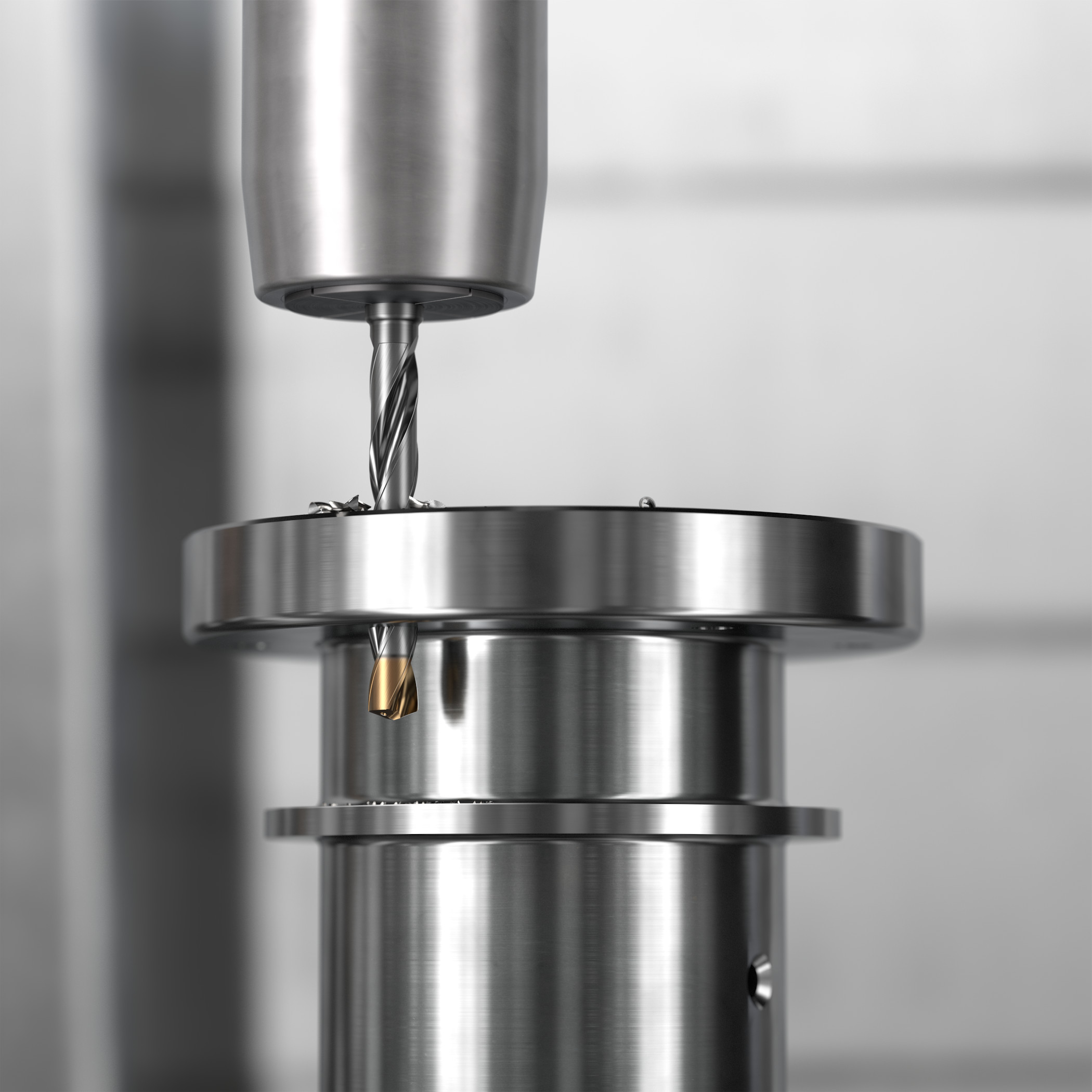 There will be a “next normal” for manufacturers in the wake of COVID-19, according to a report published by McKinsey & Company. With losses of revenue in some sectors while others experience unexpected spikes in demand, the crisis is forcing manufacturers to diversify its production capabilities.
There will be a “next normal” for manufacturers in the wake of COVID-19, according to a report published by McKinsey & Company. With losses of revenue in some sectors while others experience unexpected spikes in demand, the crisis is forcing manufacturers to diversify its production capabilities.
James Thorpe, product manager at Sandvik Coromant, a global leader in metal cutting, said that choosing the right tools, and determining the right tool calculations, is vital to overcome diversification challenges.
McKinsey & Company’s COVID-19: Briefing note report predicts manufacturers can expect “lasting shifts in customer markets” and that resilience will be needed if manufacturers are to “to navigate an economically and socially viable path.” In other words, they must diversify to survive.
Fortunately, today’s engineers are well-versed in mixed production. That said, diversifying production is not without it challenges.
A tool for all materials
Choosing the right tooling solution is essential for facilitating changes in production. This is particularly essential for engineers that work with tough materials like duplex stainless steels, Inconel or heat resistant super alloys (HRSAs), and companies that work with multi-materials.
 These operations require optimised tools with calculated cutting data. Drilling tools are a prime example. Drill penetration rates can typically vary from 50 to 1000 mm/min. For these tools, precise calculations are vital for avoiding poor tool life or causing premature tool failures. If component material is changing, then drilling cutting data will have to change.
These operations require optimised tools with calculated cutting data. Drilling tools are a prime example. Drill penetration rates can typically vary from 50 to 1000 mm/min. For these tools, precise calculations are vital for avoiding poor tool life or causing premature tool failures. If component material is changing, then drilling cutting data will have to change.
What does the term “the right” tool mean? With drills, this normally refers to tools that perform for longer and produce better quality holes, particularly in tough materials, like Inconel.
Thorpe said that Sandvik Coromant has developed a range of CoroDrill 860 solid carbide drills with optimised geometries suited for different applications that involve tough, difficult materials as well as malleable, abrasive and soft materials typically found in the ISO-K and ISO-N families. The range includes the CoroDrill 860-GM with enhanced -GM geometry, optimized for multi-materials and applications.
Other tools in the range, like the CD860-PM, are optimised for drilling ISO-P steels. The CD860-SM is optimised for ISO-S materials for aerospace parts manufacturing. The CD860-GM is particularly useful for general engineering with mixed-materials, where productivity is important and engineers seek to diversify their production, said Thorpe.
The CD860-GM’s polished flute design improves the evacuation of chips and yields greater hole quality. It is made from a fine-grained carbide substrate that increases hardness while maintaining toughness. In addition, the drill is tip-coated with a multi-layer physical vapor deposition (PVD) thin-film coating, which is key to improving the drill’s productivity and tool life.
This was put to the test by an automotive engineering company in South Korea. The company used the CD860-GM to machine a transmission connector in ISO-P material, then compared its performance with a competitor’s drill on the same component. The cutting data used was a cutting speed (Vc) of 100 m/min, a cutting feed (Fn) of 0.21 mm/rev and a drilling depth of 10 mm. In the end, the customer reported a 1,150% increase in tool life with the CD860-GM.
Going online
Productivity advantages, like those demonstrated in South Korea, can be crucial in helping manufacturers diversify their production while remaining competitive. But, just as important are the cutting data calculations that must be optimized for any given application. However, determining this for a new product may require expert opinion.
With the travel restrictions of COVID-19, a tool specialist might not be able to come and visit a facility. But, today’s engineers can calculate the best values, and marry these to the best-recommended drill for the job, by using online software.
To choose the right tool and cutting data for new or existing applications, Sandvik Coromant have developed the CoroPlus Tool Guide. The Tool Guide not only selects the correct tool, it provides cutting data and anticipated tool life for the specific application
Thorpe said that the ability to make such important decisions, in relation to tooling and its calculations, is vital if manufacturers are to diversify and do so effectively. What’s more, the ability to access this guidance online could be crucial for engineers adapting to the circumstances of COVID-19.
Combined with optimised tools like the CoroDrill 860 range, the challenges of what McKinsey & Company calls the “next normal” could also be a time of opportunity for manufacturers and engineers.
Contact Details
Related Glossary Terms
- abrasive
abrasive
Substance used for grinding, honing, lapping, superfinishing and polishing. Examples include garnet, emery, corundum, silicon carbide, cubic boron nitride and diamond in various grit sizes.
- alloys
alloys
Substances having metallic properties and being composed of two or more chemical elements of which at least one is a metal.
- cutting speed
cutting speed
Tangential velocity on the surface of the tool or workpiece at the cutting interface. The formula for cutting speed (sfm) is tool diameter 5 0.26 5 spindle speed (rpm). The formula for feed per tooth (fpt) is table feed (ipm)/number of flutes/spindle speed (rpm). The formula for spindle speed (rpm) is cutting speed (sfm) 5 3.82/tool diameter. The formula for table feed (ipm) is feed per tooth (ftp) 5 number of tool flutes 5 spindle speed (rpm).
- feed
feed
Rate of change of position of the tool as a whole, relative to the workpiece while cutting.
- hardness
hardness
Hardness is a measure of the resistance of a material to surface indentation or abrasion. There is no absolute scale for hardness. In order to express hardness quantitatively, each type of test has its own scale, which defines hardness. Indentation hardness obtained through static methods is measured by Brinell, Rockwell, Vickers and Knoop tests. Hardness without indentation is measured by a dynamic method, known as the Scleroscope test.
- physical vapor deposition ( PVD)
physical vapor deposition ( PVD)
Tool-coating process performed at low temperature (500° C), compared to chemical vapor deposition (1,000° C). Employs electric field to generate necessary heat for depositing coating on a tool’s surface. See CVD, chemical vapor deposition.
- stainless steels
stainless steels
Stainless steels possess high strength, heat resistance, excellent workability and erosion resistance. Four general classes have been developed to cover a range of mechanical and physical properties for particular applications. The four classes are: the austenitic types of the chromium-nickel-manganese 200 series and the chromium-nickel 300 series; the martensitic types of the chromium, hardenable 400 series; the chromium, nonhardenable 400-series ferritic types; and the precipitation-hardening type of chromium-nickel alloys with additional elements that are hardenable by solution treating and aging.

